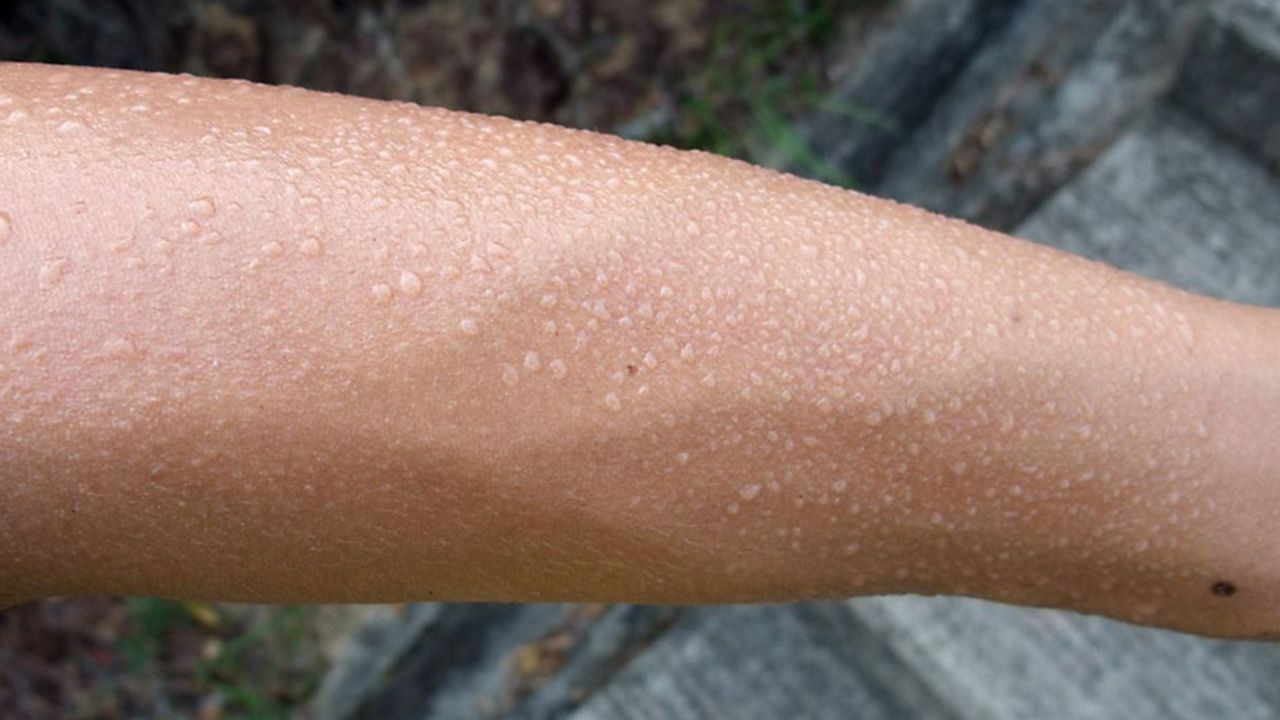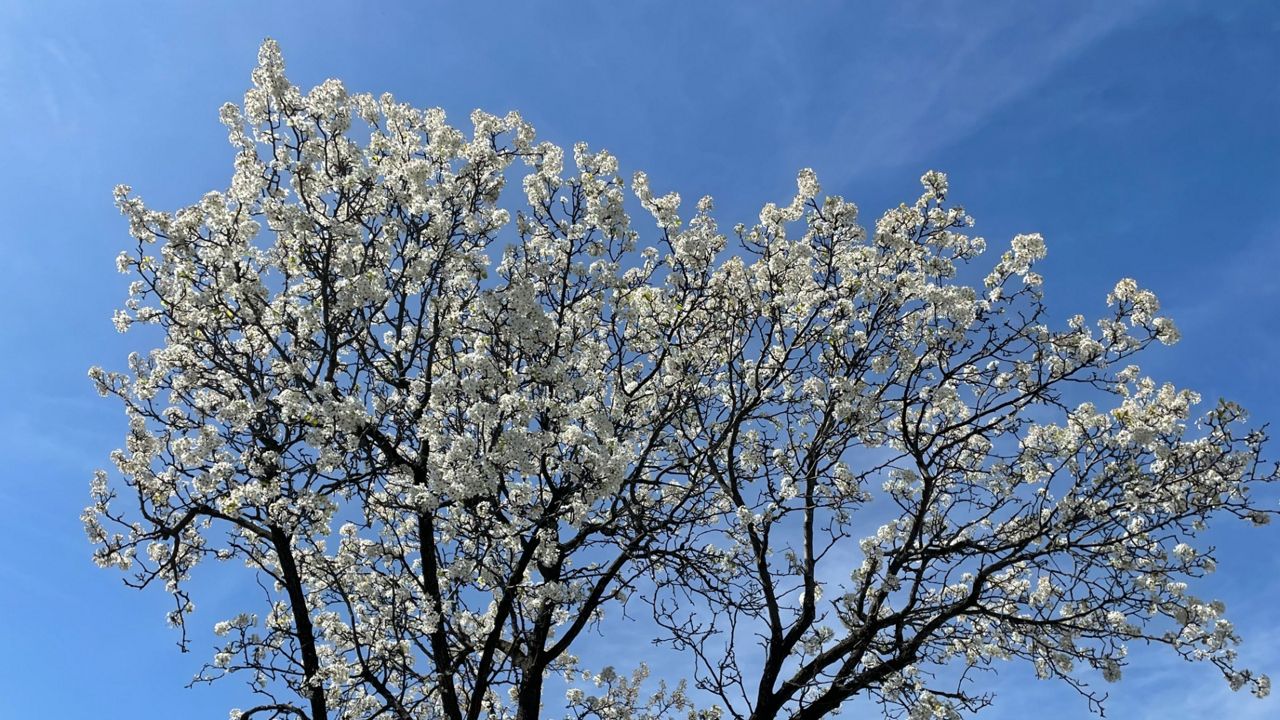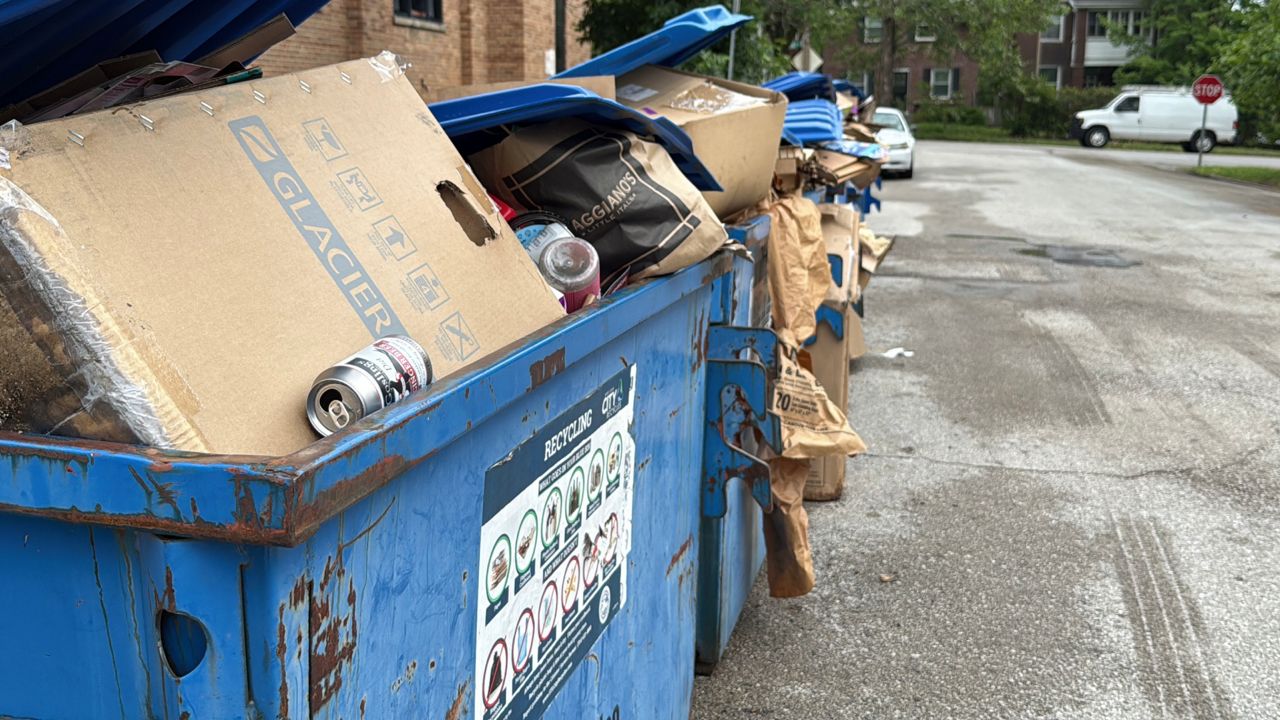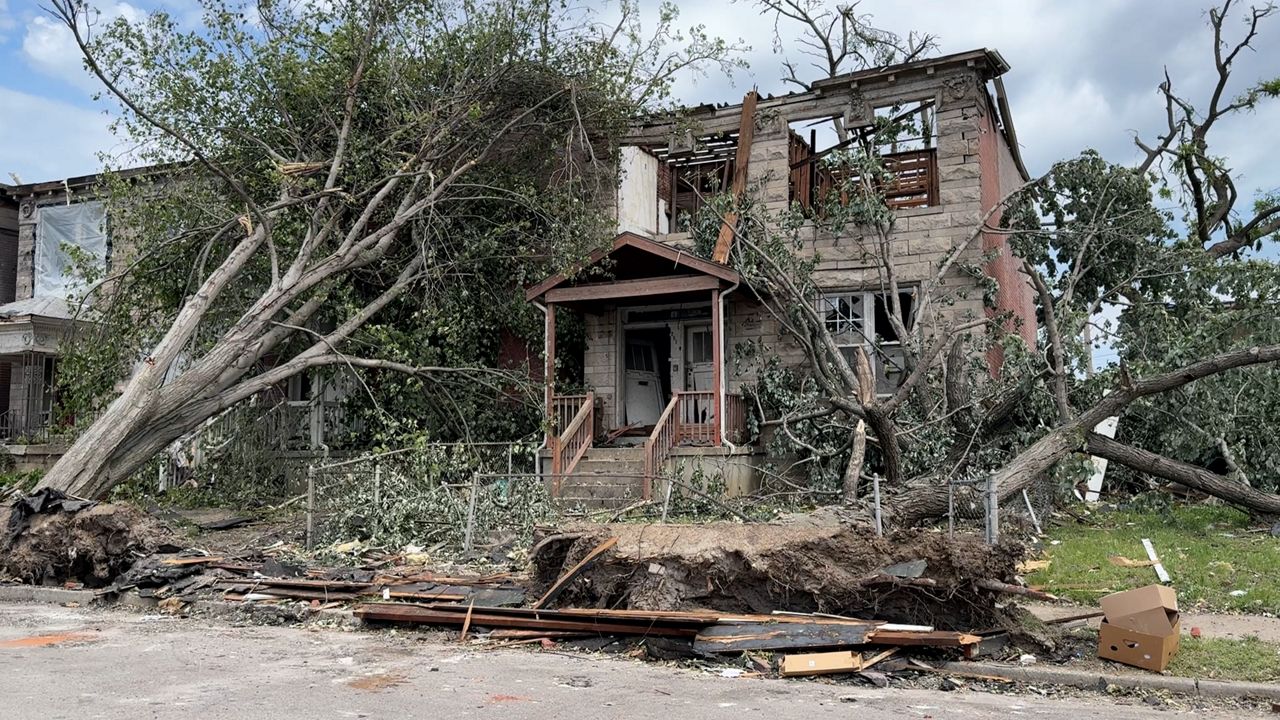ST. LOUIS — As the St. Louis region endures a heat advisory until 8 p.m. Tuesday evening and the possibility of record-breaking temperatures, the Centers for Disease Control and Prevention has information for recognizing signs of heat-related illnesses.
Covering common heat-related illness from heat rash to heat stroke, those with young or elderly family members should know the signs and what to do.
Here’s the complete breakdown of information in the flyer.
What to look for: red clusters of small blisters that look like pimples on the skin (usually on the neck, chest, groin, or in elbow creases).
What to do: Stay in a cool and dry place, keep the rash dry, and use powder (like baby powder) to soothe the rash.
What to look for: painful, red and warm skin. Blisters may appear on worse sunburns.
What to do: stay out of the sun until your sunburn heals, put cool cloths on sunburned areas or take a cool bath, put moisturizing lotion on sunburned areas, and do not break blisters.
What to look for: heavy sweating during intense exercise, and muscle pain or spasms.
What to do: stop physical activity and move to a cool place, drink water or a sports drink, and wait for the cramps to go away before you do any more physical activity. Seek medical attention if the cramps last longer than one hour, you’re on a low-sodium diet, or if you have heart problems.
What to look for: heavy sweating, cold, pale, and clammy skin, fast, weak pulse, nausea or vomiting, muscle cramps, tiredness or weakness, dizziness, headache, and fainting.
What to do: move to a cool place, loosen your clothes, put cool, wet cloths on your body or take a cool bath, sip water. Seek medical attention if you are throwing up, your symptoms worsen, or if your symptoms last longer than one hour.
What to look for: high body temperature (103 degrees Fahrenheit or higher), hot, red, dry, or damp skin, fast, strong pulse, headache, dizziness, nausea, confusion, and losing consciousness.
What to do: Call 911 right away-heat stroke is a medical emergency, move the person to a cooler place, help lower the person’s temperature with cool cloths, or a cool bath, do not give the person anything to drink.
For more information from the CDC, click here.








